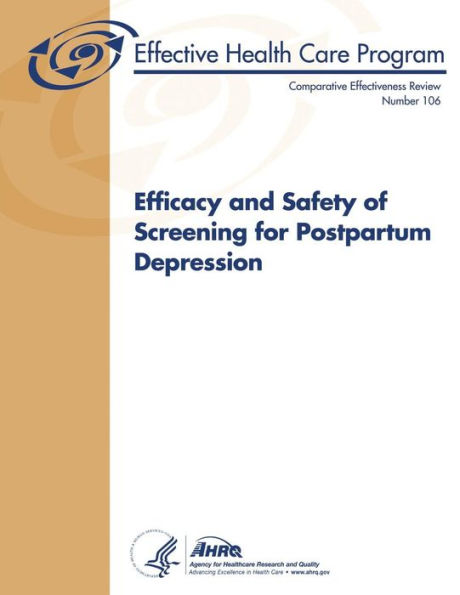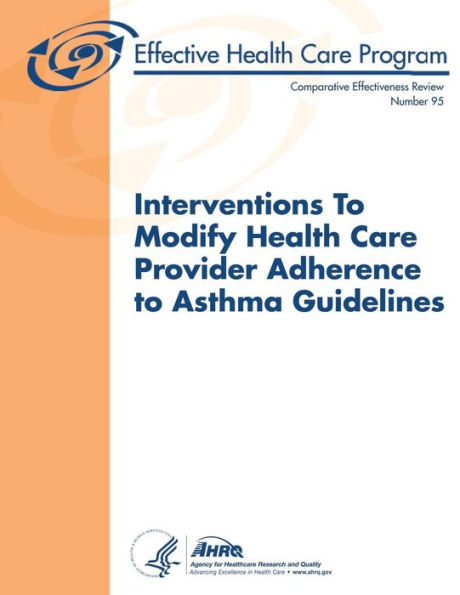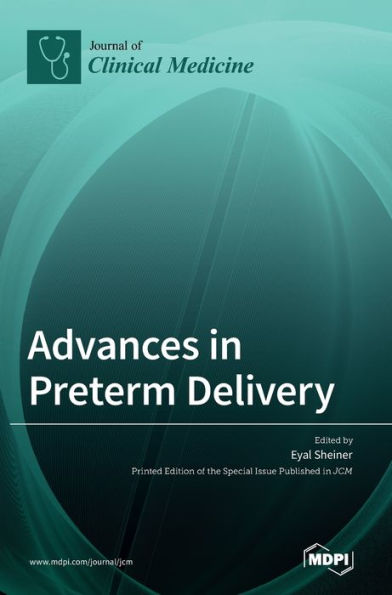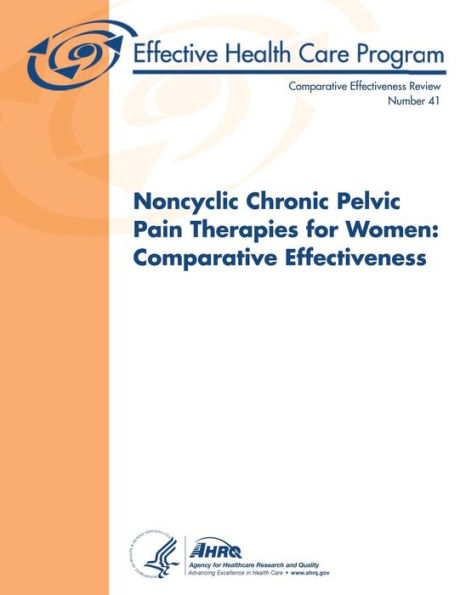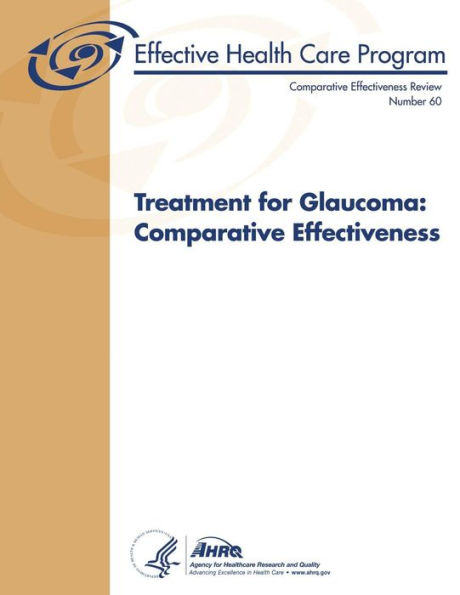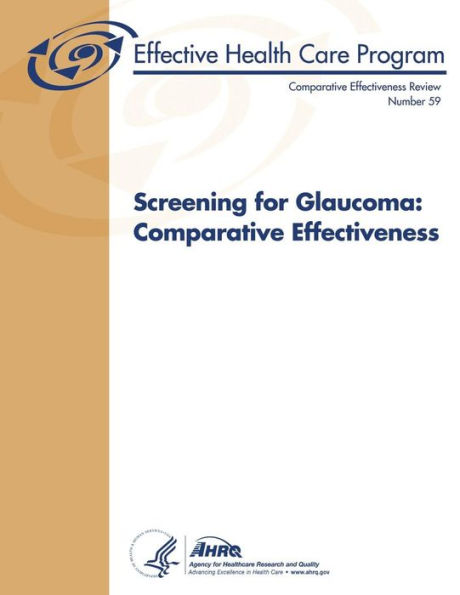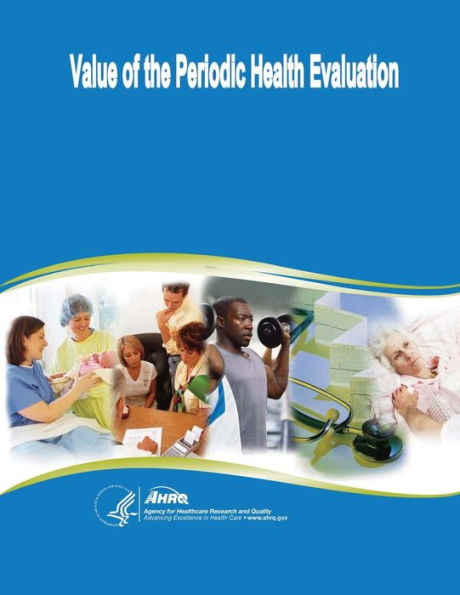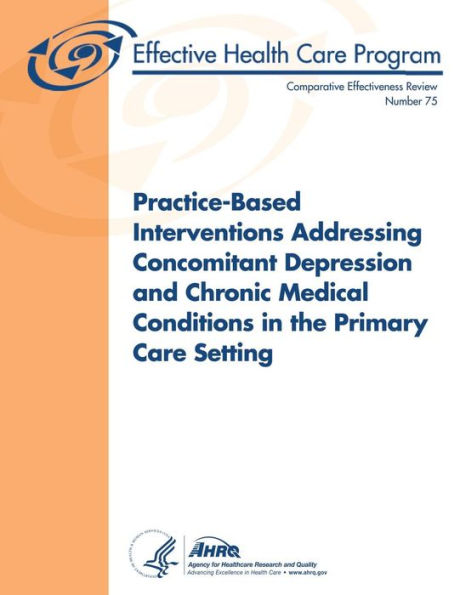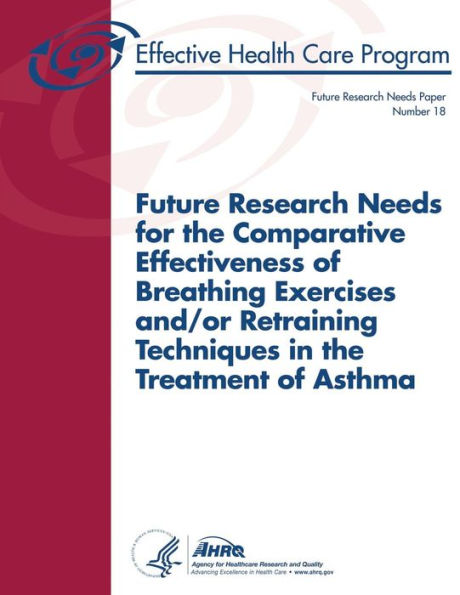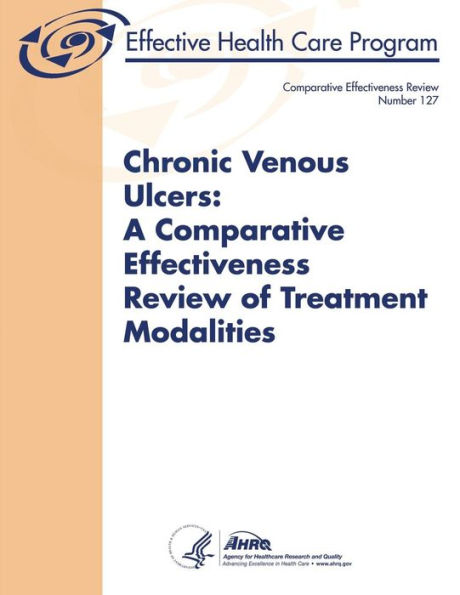Home
Terbutaline Pump for the Prevention of Preterm Birth: Comparative Effectiveness Review Number 35


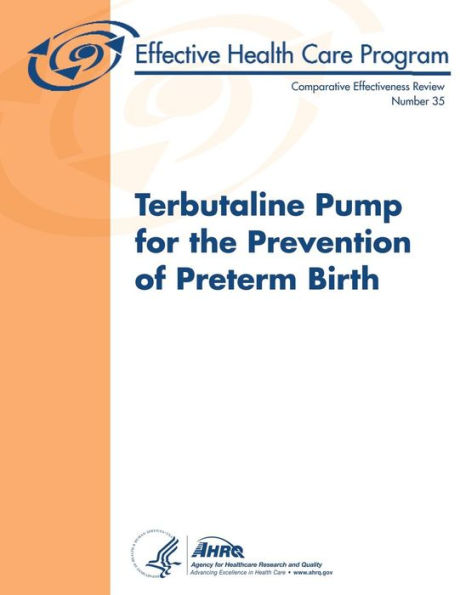
Terbutaline Pump for the Prevention of Preterm Birth: Comparative Effectiveness Review Number 35
Current price: $24.99
Loading Inventory...
Size: OS
Preterm birth is defined as delivery before the completion of the 37th week of gestation, and it affects 13 % of live births in the U.S. According to the 2010 National Vital Statistics report, there were 542,893 preterm births in the U.S. in 2006. Rates of preterm birth result in a significant disease burden to the health care system. Although overall rates of neonatal mortality continue to decline, infants born too early are at risk for long-term morbidity. Tocolytics are drugs used to delay or inhibit contractions during the labor process. Several tocolytics are available to prevent preterm birth. These agents may be administered as primary therapy to control acute episodes of preterm labor or as maintenance therapy to prevent subsequent episodes. Maintenance tocolysis is usually provided for prolonged periods beyond 48 to 72 hours after arrest of acute preterm labor to inhibit the process of parturition until full term. While several studies have examined these agents for the control of acute episodes of preterm labor, the evidence to support their safety and efficacy as maintenance therapy is limited. Despite previous systematic reviews, uncertainty surrounding the use of terbutaline and other tocolytics as maintenance therapy to prevent recurrent episodes of preterm labor still exists. Given the importance and associated uncertainty about the appropriateness of ongoing use of the terbutaline pump for maintenance tocolysis for clinicians, patients, and policymakers, a review about the effectiveness and safety of SQ terbutaline pump was commissioned by the Agency for Healthcare Research and Quality (AHRQ) to address six Key Questions. This evidence report will add to previous systematic reviews by performing an up-to-date search of the literature, synthesizing evidence in the context of specific populations of women, addressing confounding by level of maternal activity and level of care, and grading the strength of evidence for important outcomes to help decisionmakers develop evidence-based recommendations and policies. The objectives of this review were to examine the efficacy, effectiveness, and safety of the SQ terbutaline pump as prolonged maintenance tocolysis for inhibiting progression of parturition in women with arrested acute preterm labor. These objectives were framed in the following Key Questions: In women with arrested preterm labor, does treatment with an SQ infusion of terbutaline delivered by a pump, in comparison with placebo, conservative treatment, or other interventions: KQ1: improve neonatal health outcomes, including bronchopulmonary dysplasia, neonatal death, death within initial hospitalization, significant intraventricular hemorrhage (grade III/IV), necrotizing enterocolitis, periventricular leukomalacia, retinopathy of prematurity, seizures, sepsis, and stillbirth? KQ2: improve other surrogate outcomes, including gestational age at delivery, incidence of delivery at various gestational ages, mean prolongation of pregnancy (days), birth weight, ratio of birth weight/gestational age at delivery, pregnancy prolongation index, need for assisted ventilation, need for oxygen per nasal cannula, and neonatal intensive care unit (NICU) admission? KQ3: increase the maternal harms of arrhythmia, heart failure, hyperglycemia, hypokalemia, maternal mortality, myocardial infarction, pulmonary edema, or refractory hypotension, or result in an increased rate of maternal discontinuation of therapy or maternal withdrawal due to adverse effects? KQ4: increase the neonatal terbutaline-related harms of hypoglycemia, hypocalcemia, and ileus? KQ5: Can the differences in the outcomes above be partially explained by the differences in level of care and level of activity between the terbutaline pump group and the comparator group? KQ6: What is the incidence of failure of the pump device used for terbutaline infusion, including missed doses, dislodgment, and overdose?
